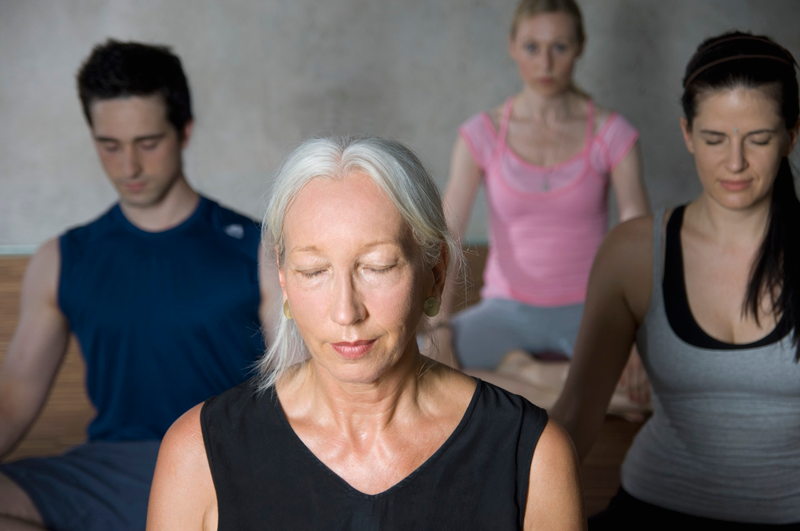Meditation at All Ages

More evidence that meditation can help across the lifespan.
Meditation goes back centuries in Asia and has become increasingly popular in the West. Much of the evidence of its health benefits came from personal accounts or studies of highly skilled long-time meditators. Now, however, we’re beginning to see studies that find quick benefits among new-comers who get adequate training, backed up by brain scans documenting positive change.
Not all meditation is the same — the term encompasses a variety of approaches. Some techniques involve intense focus on a prayer or mantra. Others, often called “mindfulness,” encourage you to allow thoughts, feelings, and sensations to arise while maintaining a detached and accepting attitude. Many meditation practices mix up elements of both.
One team of U.S. researchers decided to focus on a mindfulness technique adapted from the Zen religion and traditional Chinese medicine called “integrative body-mind training” (IBMT). IBMT is practiced by thousands of people in China. The exact method is not yet widely available in the United States, but you can register for information about classes online.
IBMT, as a mindfulness technique, does not include a mantra or prayer. Instead, you’re coached, typically in groups, to sit without speaking or moving. The session begins with music. You monitor your breath and may focus on an image to calm a bouncing busy mind, with the goal of reaching an accepting state of awareness of your body and environment.
The researchers report on results among small groups of Chinese and U.S. undergraduates, Chinese four-year-olds, and Chinese seniors aged 65.
In China, the team had already established that only five days of training in IBMT, in half-hour sessions, made a measurable difference in a group of undergraduates. Once trained, when the Chinese students meditated for a half hour, they produced lower levels of the stress hormone cortisol in a test — mental arithmetic. The group also reported reduced anxiety, depression, anger, and fatigue. The students who went on to practice 11 hours over about a month showed happy changes in brain areas related to self-control and emotion.
Similar results occurred with a group of students at the University of Oregon, in Eugene. American students needed more help: they tended to keep a more irregular schedule, needed make-up sessions, and were more likely to want a private session and detailed verbal instructions, rather than follow along with a class.
Exercise is also well-known to help us fight stress. To test the power of IBMT compared to exercise, among elders, the researchers randomly chose “healthy and high-functioning Chinese elders” about 65 years old who agreed to participate for 10 years in an IBMT or physical exercise group, practicing daily for an average of an hour. At the end of the 10 years, the team measured brain activity, physiology, and behavior. On a variety of measures, including cortisol levels and heart rate variability, the IBMT team did better, but the exercisers had lower heart rates. “Our results suggested that meditation and physical exercise may work in part by different mechanisms, with exercise producing greater physical fitness and meditation producing greater central nervous system changes. These findings suggest that combining physical and mental training may lead to better health and quality of life during aging,” the researchers concluded.
Children benefit too, the team reported. When Chinese 4.5-year-olds were given 10 hours of practice with a child version of IBMT in half-hour sessions over a month, their parents reported improvements in their self-control, compared to children who remained in an active classroom during those 10 hours.
Updated:
March 31, 2020
Reviewed By:
Janet O’Dell, RN